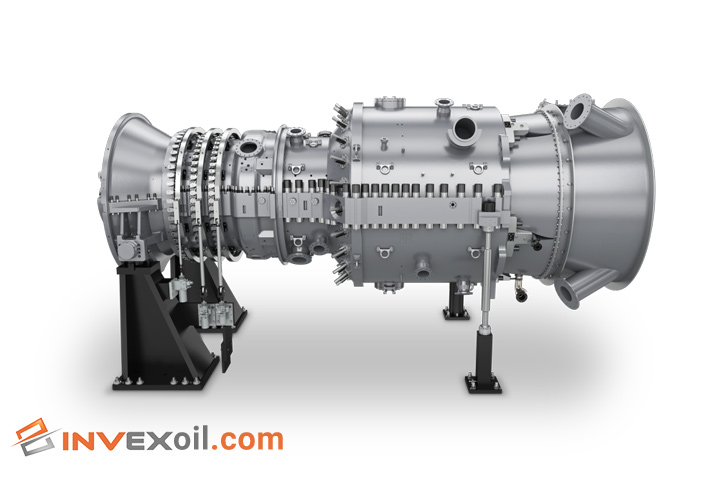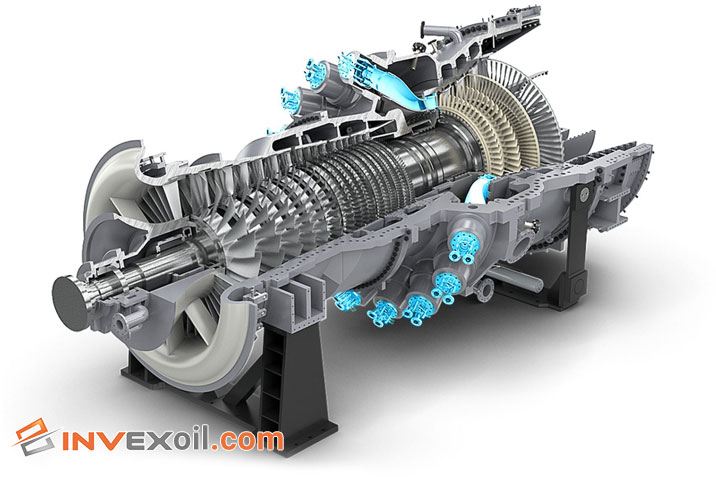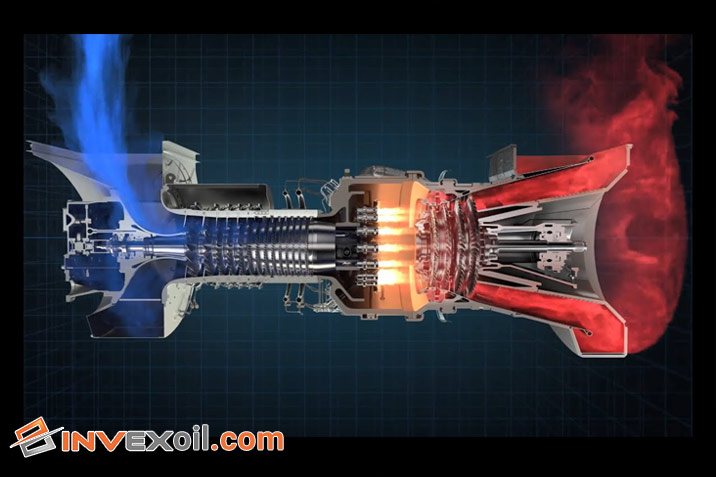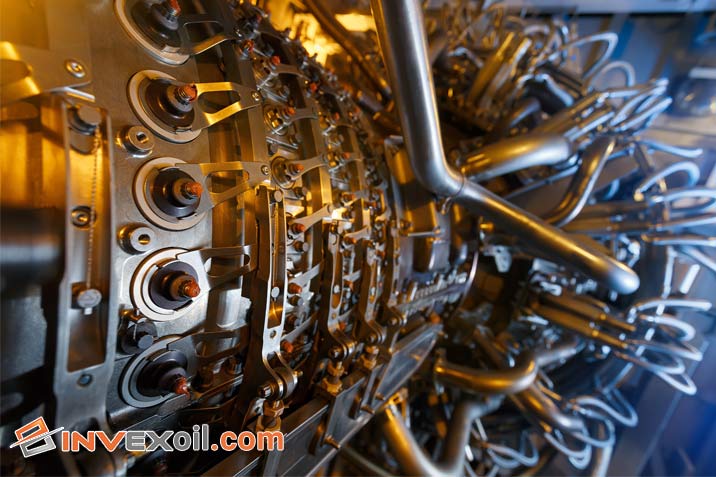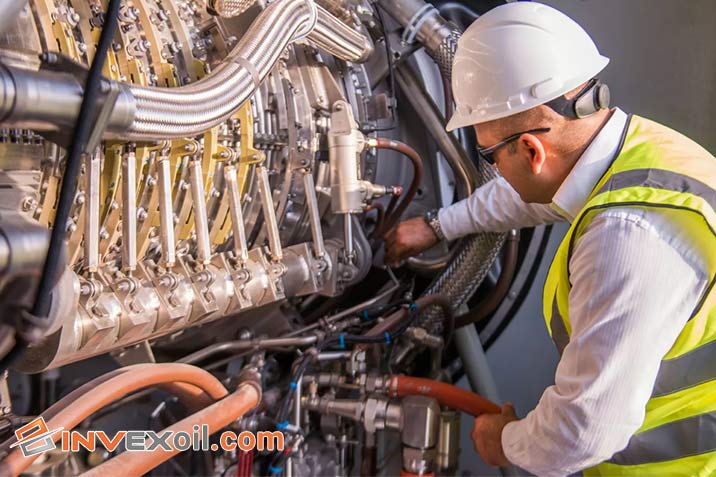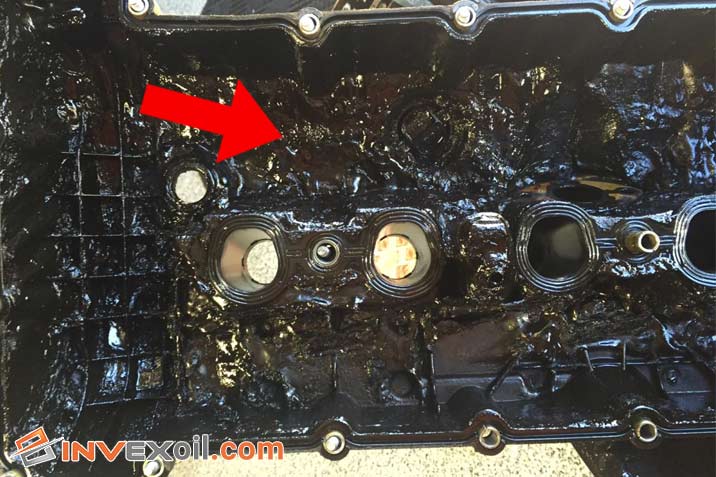The gas turbine lubrication system is a critical component of gas turbines in the power generation and aviation industries. It ensures the smooth operation of these machines by providing lubrication, cooling, and protection against wear and tear.
In this article, we will learn more about gas turbine oil, turbine oil regeneration, how the lubrication system works, and the key components that make it all possible. We will also answer some frequently asked questions about this topic.
Table of Contents
Types of Gas Turbine Oil Systems
Gas turbine oil systems come in various configurations to meet the specific needs of different turbines. The two primary types of gas turbine oil systems are:
Hydraulic Oil System
The hydraulic oil system plays a critical role in the turbine lubrication system. Its primary responsibility is to supply hydraulic power to various vital parts of the turbine, enabling precise control and smooth operation. This system ensures that hydraulic functions within the turbine, such as adjusting blade angles and governing mechanisms, run seamlessly.
Control Oil System
The control oil system is another indispensable component of the lubrication system. The duty of this is to regulate and control many kinds of various functions within the gas turbine, ensuring its safe and efficient operation. This system is responsible for controlling fuel flow, maintaining temperature, and governing the turbine’s speed.
How the Gas Turbine Lubrication System Works
This System, is the heart of any gas turbine. This part functions by providing essential lubrication, cooling, and cleaning to critical components. It starts with an oil reservoir, pumps circulate oil, filters remove contaminants, and heat exchangers cool the oil. Valves and control mechanisms regulate oil flow, while monitoring systems ensure optimal operation. Regular maintenance is key to its performance and longevity.
Main Components of the Gas Turbine Lubrication System
In the realm of gas turbines, comprehending the main components of the lubrication system is pivotal. Let’s delve into these critical elements that ensure the smooth operation of these powerful machines.
1-Main Oil Pump
The main oil pump serves as the lifeblood of the system. Its primary responsibility is to circulate the primary turbine oil throughout the system, delivering vital lubrication to essential components. This continuous oil flow is crucial for minimizing friction and wear, allowing the turbine to operate efficiently and reliably.
2-Auxiliary Oil Pump
Auxiliary oil pumps has an important duty in enhancing the reliability of the lubrication system. These pumps serve as backups or additional pumps to ensure continuous oil circulation. In the event of a primary pump failure, auxiliary pumps step in, preventing oil starvation and safeguarding the turbine’s health.
3-Emergency Oil Pump
Emergency oil pumps are the last line of defense in critical situations. These pumps are designed to activate under extreme and hard conditions, ensuring lubrication and cooling system, even when all else fails. Their robustness and reliability are paramount for preventing catastrophic turbine failures.
4-Oil Jacking Pump
Oil jacking pumps are instrumental in preparing the turbine for operation. They ensure that critical components are adequately lubricated before the turbine starts operating. This pre-start lubrication is vital for reducing initial friction and wear, contributing to the overall efficiency and longevity of the turbine.
5-Oil Pump Control
Oil pump control mechanisms are the brains behind the lubrication system. They govern the operation and flow of oil, optimizing the system’s performance based on the turbine’s needs. These control systems has to make sure that the right amount of lubrication is delivered to each component, preventing wastage and maximizing efficiency.
6-Hydraulic Accumulator
Hydraulic accumulators, though often overlooked, play a vital role in the gas turbine lubrication system. These ingenious devices store pressurized hydraulic fluid, acting as a source of instant power when needed for specific turbine functions. Imagine them as energy reserves, ready to spring into action to ensure the turbine’s smooth operation.
7-Valve Relief
In the intricate dance of the turbine lubrication system, valve relief components take on the role of protectors. They safeguard the system from overpressure by releasing excess oil, ensuring that the system operates within safe limits. These unsung heroes ensure the system’s stability and longevity.
8-Low-Pressure Double Filter
Amidst the relentless flow of oil, low-pressure double filters quietly carry out their duty. These unassuming components are essential for removing contaminants from the oil, ensuring that the lubrication remains clean and efficient. They act as the first line of defense in system against impurities (As we know like dust, water and etc.) that could compromise the system’s performance.
9-High-Pressure Double Filter
When it comes to high-stress areas within the lubrication system, high-pressure double filters step up to the plate. These filters are dedicated to maintaining oil purity, especially in parts of the system subjected to extreme conditions. Their efficiency is paramount in preserving the integrity of the lubricant.
10-High-Pressure Filter
Oil refinement reaches its peak with high-pressure filters. These components ensure that the oil meets stringent cleanliness standards, leaving no room for compromise. Their role is crucial in guaranteeing the quality of the lubricant circulating through the system.
11-Oil Vapor Separator
In the quest for consistent lubrication, oil vapor separators step in to eliminate any vapor or air bubbles present in the oil. These seemingly subtle components are instrumental in preventing cavitation, a phenomenon that can damage the system. By ensuring a bubble-free flow, oil vapor separators contribute to the system’s reliable operation.
12-Tank
Tanks are the sturdy reservoirs that serve as the lifeblood of the gas turbine lubrication system. These containers hold the vital turbine oil, ensuring a constant and reliable supply for the system’s various needs. Think of them as the beating heart of the lubrication system, ready to deliver the life-sustaining oil at a moment’s notice.
13-Oil Storage Tray
Oil storage trays provide a systematic and convenient solution for storing spare oil. In the world of gas turbine lubrication, having oil readily available is crucial. These trays offer an organized approach to keeping spare oil in optimal condition, ensuring it’s readily available for use when required.
14-Oil Cooler
Temperature control is a critical aspect of gas turbine lubrication, and oil coolers are the unsung heroes in this regard. These components help make it stable and preventing it from overheating and regulate the temperature of the oil. By maintaining an optimal temperature, oil coolers ensure that the lubrication process remains efficient and the system performs at its best.
15-Three-Way Mixing Valve
In the intricate dance of temperature control, three-way mixing valves play a crucial role. These valves are in charge of for managing the mixture of hot and cold oil to maintain the desired temperature within the system. They ensure that the oil is just right for lubrication, contributing to the system’s smooth operation.
16-Heater
Heaters are essential components, especially in cold environments. These devices warm the oil, ensuring it remains in a suitable state for lubrication even in chilly conditions. whit preventing the oil from becoming too viscous, heaters are so important in keeping the system running smoothly and safe.
17-Oil Conditioning System Connections
The oil conditioning system is a complex web of components, and connections are the glue that holds it all together and keep them. These connections enable the seamless integration of various components, ensuring that the oil undergoes the necessary processes to maintain optimal quality.
18-Types of Fluids Used in Lubrication Circuits
Lubrication circuits rely on specific fluids to ensure smooth operation. This section dives into the various types of fluids used, shedding light on their properties and applications within the system. Understanding these fluids is crucial for maintaining the system’s performance.
And finally this table is about Types of Fluids Used in Lubrication Circuits:
| Fluid Type | Properties | Applications |
| Oil | Most common type of lubricant. Its also great for high-temperature and high-pressure applications. | It used in engines, transmissions, hydraulic systems, and other moving parts. |
| Grease | Thicker than oil and stays in place better. Good for low-speed and high-load applications. | it used to be protected from wear and tear in bearings, gears, and other components that need |
| Penetrating lubricants | Can flow into tight spaces and displace moisture. Good for freeing stuck parts. | it used to lubricate locks, hinges, and other mechanisms. |
| Dry lubricants | Do not produce any kind of film. Good for applications where there is a risk of fire or explosion. | it used in food processing equipment, electrical components, and other sensitive areas. |
Conclusion
In conclusion, the gas turbine lubrication system stands as a critical pillar in the realm of power generation and aviation. Its multifaceted functions, including lubrication, cooling, and safeguarding against wear, are instrumental in maintaining the efficient operation of gas turbines and some other small things. By ensuring that the right quality and type of oil reach the vital turbine components, this system optimizes performance and longevity. The advantages are evident: enhanced efficiency, reduced maintenance, and prolonged turbine life. As we’ve explored, the gas turbine oil and its system are not just integral; they’re the lifeblood that keeps these powerful machines running smoothly.
FAQ
What is the role of the gas turbine lubrication system?
The turbine lubrication system of gas ensures proper lubrication, cooling, and protection of vital turbine components for efficient operation.
How does the gas turbine oil system work?
The gas turbine oil system circulates oil to key components, reducing friction, dissipating heat, and extending the turbine’s life.
What are the benefits of an effective gas turbine lubrication system?
An efficient system leads to improved turbine performance, reduced maintenance, and longer operational life, making it essential for various industries.

Hello, This is Matteo Hudson Copywriter from InvexOil. We are here to provide super-important content to help you learn more easily and be involved in the world of Petroleum and Chemistry. We are here to answer your questions, help you to have better services, and also find the best solution for your problems. Don’t be shy and ask your questions in the comment box or call our number. If you want to connect with me directly, you can search for my name on Linkedin.

